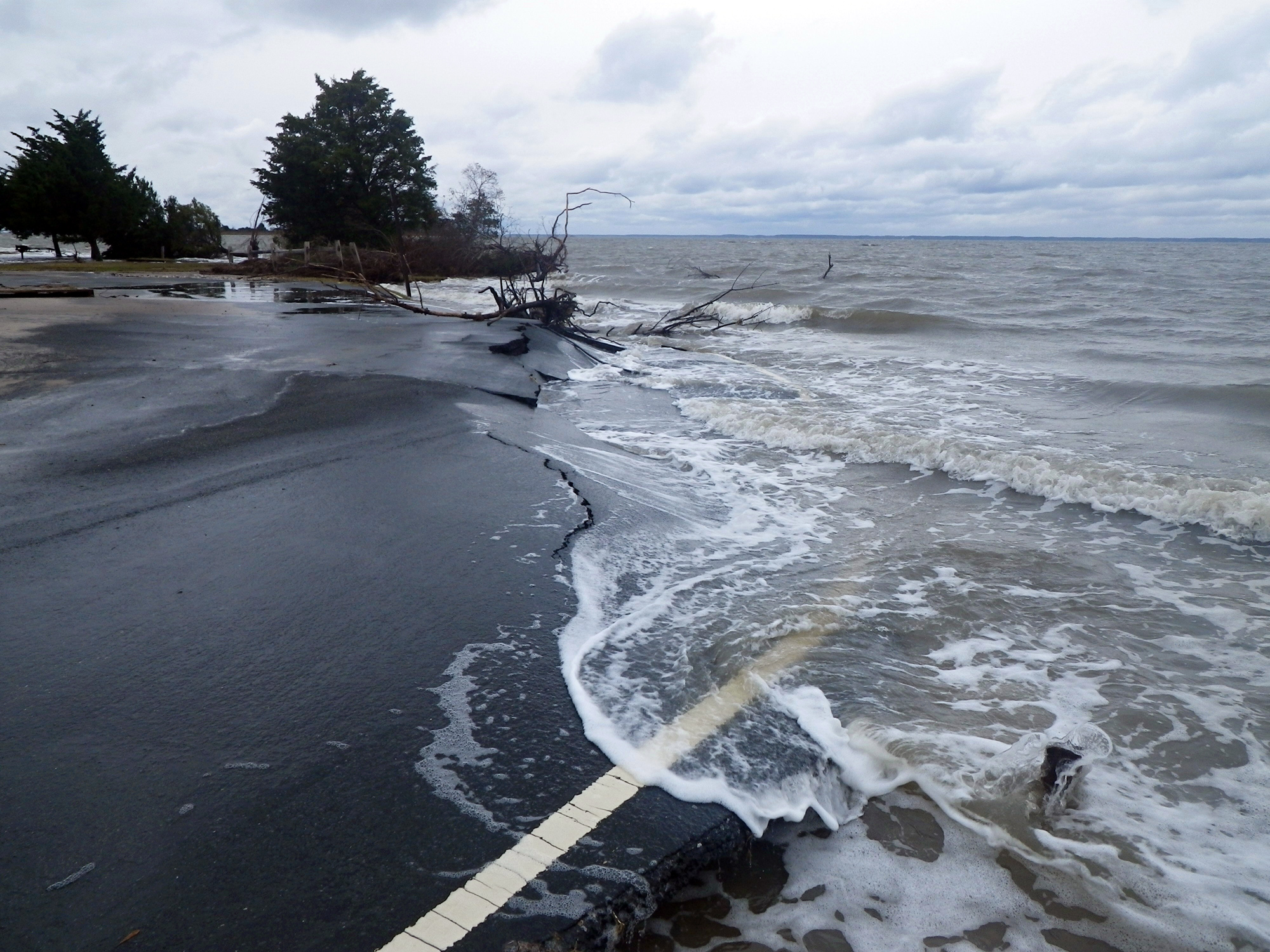While our story this week takes a tongue-in-cheek look at the causes of sea level rise, the reality of sea level rise is a significant problem that scientists are trying to determine how to predict, counteract, and maybe even stop.
Since 1880, sea levels have risen about 8 inches, which doesn’t seem that dramatic, until you realize that 3 inches of that increase has taken place in the past 25 years, which means the rate of sea level rise has increased drastically in recent memory. Thermal expansion (warmer water takes up more space) and melting ice, both in glaciers and ice sheets connected to landmasses, are the primary ways in which sea levels rise.
For communities at risk of flooding due to sea level rise, the options are primarily to move away from the flood-prone areas or find engineering solutions, such as sea walls, to protect their homes. Determination of how soon these protective measures will be needed, and how large they need to be, falls under the category of prediction of sea level rise, where scientists are constantly updating and improving their models. Even so, there is a large range of sea level rise possible–from as little as 10 inches to as much as 30 inches by the year 2100. Furthermore, if all of the ice in glaciers and ice sheets melted suddenly, sea levels would rise 216 feet, which would inundate entire states and countries.
While putting a stop to sea level rise would be a best case scenario, the options for that are more limited, and it may already be too late. Some scientists have proposed building walls around glaciers to protect them from melting caused by warmer ocean waters. You can read more about that here, and you can read more about the basics of sea level rise here.
Follow us online: